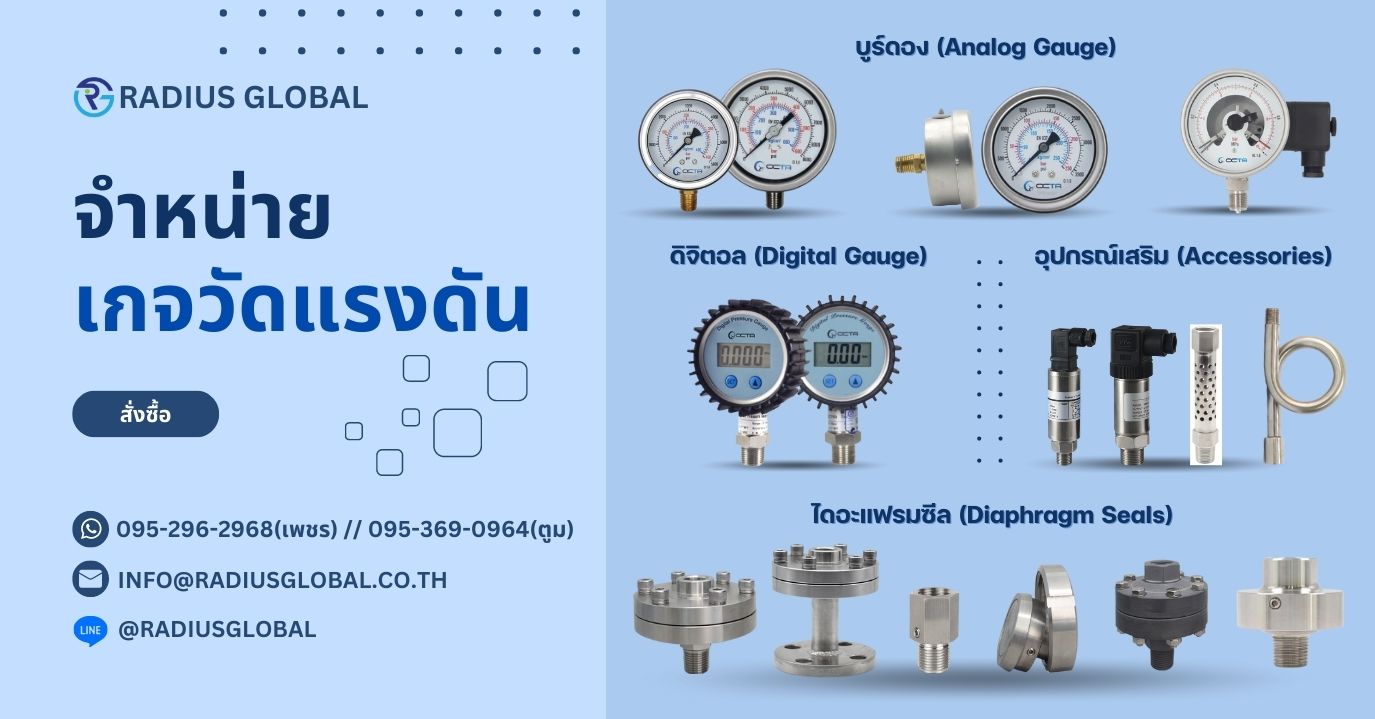If เกจวัดแรงดันลมขนาดเล็ก doesn’t function, your course of doesn’t run, and that is cash down the drain. Or worse, a spurious journey shuts the process down. Or worst of all, a valve malfunction leads to a harmful failure. Solenoid valves in oil and gasoline purposes control the actuators that move giant course of valves, including in emergency shutdown (ESD) methods. The solenoid needs to exhaust air to enable the ESD valve to return to fail-safe mode whenever sensors detect a dangerous process scenario. These valves have to be quick-acting, sturdy and, above all, reliable to forestall downtime and the related losses that happen when a process isn’t working.
And that is much more important for oil and fuel operations the place there is limited power out there, similar to remote wellheads or satellite tv for pc offshore platforms. Here, solenoids face a double reliability challenge. First, a failure to operate appropriately cannot solely trigger expensive downtime, but a upkeep name to a distant location also takes longer and costs greater than an area repair. Second, to minimize back the demand for power, many valve producers resort to compromises that actually cut back reliability. This is unhealthy enough for course of valves, but for emergency shutoff valves and different security instrumented methods (SIS), it is unacceptable.
Poppet valves are usually better suited than spool valves for remote places as a result of they’re less complicated. For low-power applications, look for a solenoid valve with an FFR of 10 and a design that isolates the media from the coil. (Courtesy of Norgren Inc.)
Choosing a reliable low-power solenoid
Many factors can hinder the reliability and efficiency of a solenoid valve. Friction, media flow, sticking of the spool, magnetic forces, remanence of electrical present and material traits are all forces solenoid valve producers have to beat to build probably the most dependable valve.
High spring force is essential to offsetting these forces and the friction they cause. However, in low-power functions, most producers have to compromise spring drive to permit the valve to shift with minimal energy. The discount in spring pressure ends in a force-to-friction ratio (FFR) as low as 6, though the commonly accepted safety level is an FFR of 10.
Several elements of valve design play into the amount of friction generated. Optimizing each of these permits a valve to have higher spring drive while nonetheless maintaining a excessive FFR.
For instance, the valve operates by electromagnetism — a present stimulates the valve to open, permitting the media to circulate to the actuator and move the method valve. This media could additionally be air, but it could even be natural gas, instrument gasoline and even liquid. This is particularly true in distant operations that must use no matter media is available. This means there’s a trade-off between magnetism and corrosion. Valves by which the media is available in contact with the coil have to be made from anticorrosive supplies, which have poor magnetic properties. A valve design that isolates the media from the coil — a dry armature — allows the usage of highly magnetized material. As a result, there is no residual magnetism after the coil is de-energized, which in turn allows quicker response occasions. This design additionally protects reliability by stopping contaminants within the media from reaching the inner workings of the valve.
Another factor is the valve housing design. Usually a heavy (high-force) spring requires a high-power coil to beat the spring power. Integrating the valve and coil into a single housing improves efficiency by preventing vitality loss, allowing for the use of a low-power coil, leading to less energy consumption without diminishing FFR. This built-in coil and housing design also reduces heat, preventing spurious journeys or coil burnouts. A dense, thermally efficient (low-heat generating) coil in a housing that acts as a warmth sink, designed with no air hole to trap warmth across the coil, just about eliminates coil burnout concerns and protects course of availability and security.
Poppet valves are generally higher suited than spool valves for distant operations. The lowered complexity of poppet valves will increase reliability by lowering sticking or friction factors, and reduces the variety of components that may fail. Spool valves usually have giant dynamic seals and many require lubricating grease. Over time, particularly if the valves usually are not cycled, the seals stick and the grease hardens, resulting in larger friction that should be overcome. There have been stories of valve failure as a end result of moisture within the instrument media, which thickens the grease.
A direct-acting valve is your finest option wherever possible in low-power environments. Not only is the design much less complex than an indirect-acting piloted valve, but also pilot mechanisms often have vent ports that may admit moisture and contamination, leading to corrosion and permitting the valve to stay within the open position even when de-energized. Also, direct-acting solenoids are particularly designed to shift the valves with zero minimum strain requirements.
Note that some bigger actuators require excessive flow charges and so a pilot operation is critical. In this case, it is necessary to confirm that every one components are rated to the same reliability score as the solenoid.
Finally, since most remote locations are by definition harsh environments, a solenoid installed there will have to have robust development and be succesful of withstand and function at extreme temperatures whereas nonetheless maintaining the identical reliability and security capabilities required in much less harsh environments.
When choosing a solenoid control valve for a distant operation, it is potential to discover a valve that doesn’t compromise performance and reliability to cut back energy calls for. Look for a excessive FFR, easy dry armature design, nice magnetic and heat conductivity properties and robust construction.
Andrew Barko is the gross sales engineer for the Energy Sector of IMI Precision Engineering, makers of IMI Norgren, IMI Maxseal and IMI Herion brand components for vitality operations. He presents cross-functional expertise in application engineering and business growth to the oil, gasoline, petrochemical and energy industries and is licensed as a pneumatic Specialist by the International Fluid Power Society (IFPS).
Collin Skufca is the key account supervisor for the Energy Sector for IMI Precision Engineering. He offers experience in new enterprise growth and buyer relationship administration to the oil, fuel, petrochemical and power industries and is certified as a pneumatic specialist by the International Fluid Power Society (IFPS).
Share
ศูนย์รวมเครื่องมือวัดความดัน
Menu


